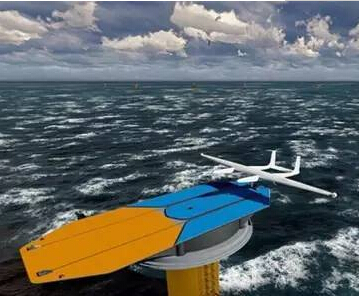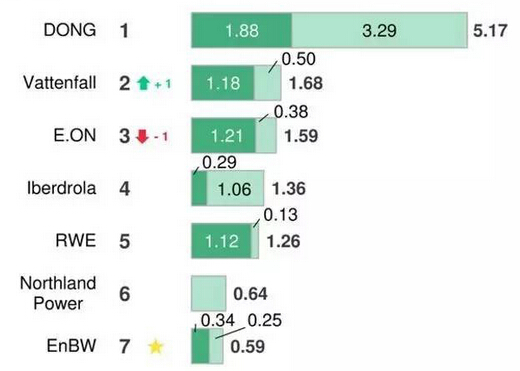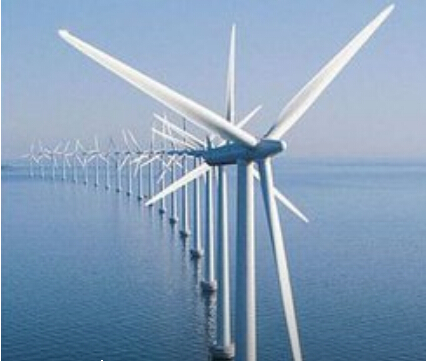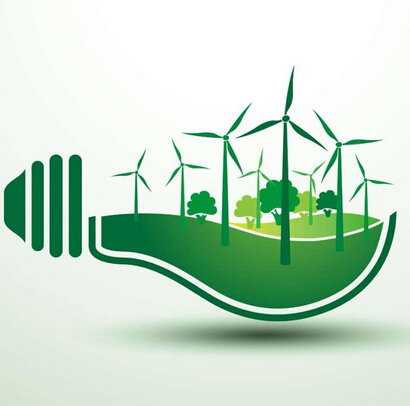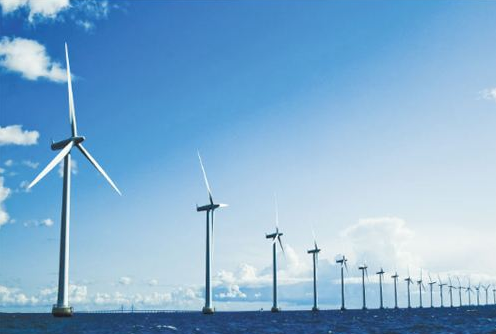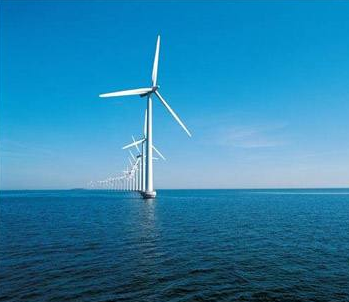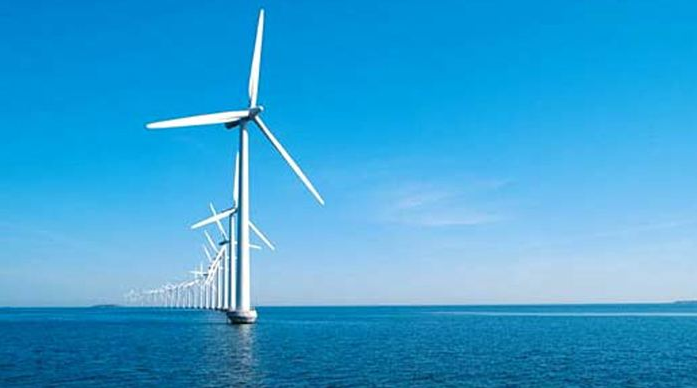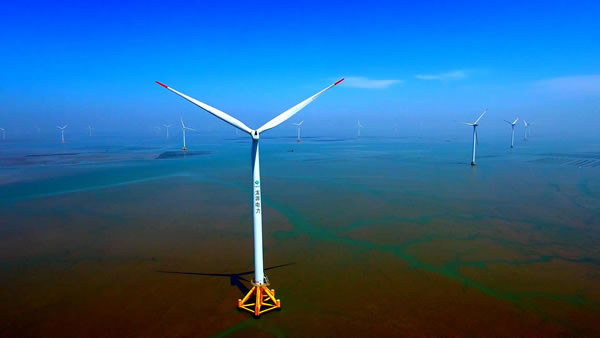
The white wind turbines on the coastline of Nantong are precisely these devices that continuously send electrical energy to thousands of households. Photo courtesy of interviewees
On the north side of the Yangtze River estuary, along the long coastline of Nantong City, Jiangsu Province, rows of 100-meter-high white wind turbines stand on the vast blue sea and face the wind, continuously sending electricity to thousands of households .
In this blue, an industry with a scale of 100 billion yuan is gathering and developing. On the 8th, Nantong held an offshore wind power industry chain development conference. 24 projects were signed and settled locally, with a total investment and cooperation amount of more than 75 billion yuan.
Participants in the industry generally believed that accelerating the construction of a safe, efficient, clean and low-carbon energy system is an inevitable direction for ensuring energy security and high-quality development. At present, it is not only a development "wind outlet", but also faces risks and challenges. "Control the wind".

After more than ten years of development, experience in survey and design, equipment R&D, manufacturing, and engineering construction and operation has gradually accumulated. The cost per kilowatt of offshore wind power units is gradually declining, which brings new problems at the same time.
Yi Yuechun, deputy dean of the General Institute of Hydropower and Water Resources Planning and Design, said that as the cost of power generation continues to decrease, bidding on the grid has become mainstream. "At the same time of large-scale development, how to deal with the decline of subsidies and reduce costs and increase efficiency has become the biggest challenge facing offshore wind power."
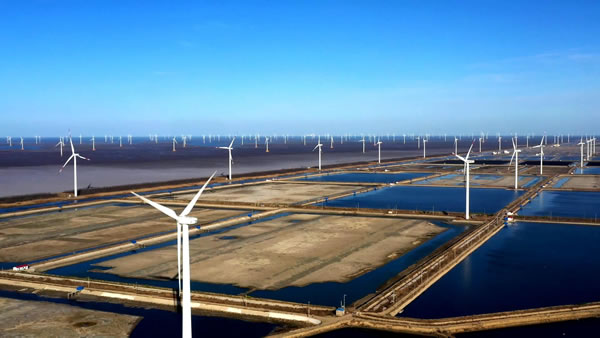
In addition, with the increasing requirements for marine environmental protection, strict restrictions on construction projects occupying natural shorelines, and the tightness of offshore resources, the trend of offshore wind power to deep water and distant sea is an inevitable trend. More stringent requirements.
"Offshore wind power extends to the far sea, and the form of grid connection will be more complicated." Nanhui Mayor Wang Hui said that collaborative innovation should be used to break through the traditional technology path, fully support enterprise innovation, enhance the ability to transform scientific and technological achievements, and open up the "stuck neck" Link.
















 RCCN WeChat QrCode
RCCN WeChat QrCode Mobile WebSite
Mobile WebSite
